McMahan, Texas, Caldwell County. (original) (raw)
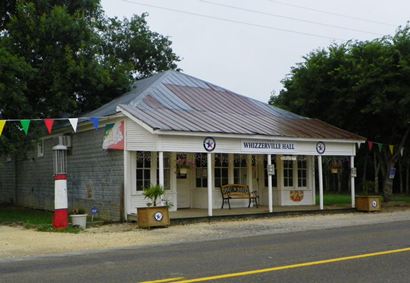
History in a Pecan Shell
The site dates all the way back to 1832 with a grant to Ambrose Tinney, the namesake of Tinney Creek. When the Comanches didn�t kill Tinney, other settlers cautiously arrived in the 1840s.
McMahan had two saloons during its early days, separated by Tinney Creek. Wildcat was a store-saloon on one side and the residents and patrons of the other saloon banded together and collectively named their side Whizzerville.
When the name Whizzerville was rejected by postal authorities for (supposedly) being too long (They accepted Raymondville with no problem) the residents had to go with tradition and name it after an upright citizen. The nominee was Edward J. McMahan, a storekeeper. The post office became a reality in 1898 and stayed open until the early 1960s.
By 1914 McMahan was thriving with two stores and 75 citizens who were glad they weren�t known as Whizzervillains. The town grew to around 200 during the boom times of the 20s, but lost fully half during the Depression years. The town experienced a rebound in the early 40s that brought it up to 250 � it�s high-water mark.
With the post war migration toward the cities. McMahan fell back to 150 and the town�s schools merged with Luling ISD in 1949.
The population declined to 125 in the 1960s and has remained at that level.
Today, McMahan is nominated as the �quietest place in Caldwell County� if and when the subject ever comes up. A former store sits across from the old post office and the homes are almost hidden behind abundant foliage. Whizzerville lives on in a few old signs and a street name.


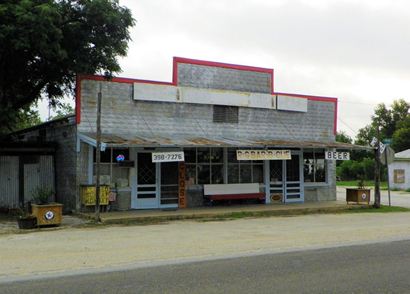
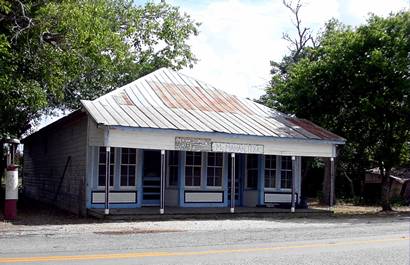
Whizzerville Hall as it looked in 2002
TE photo, June 2002
More Texas Stores
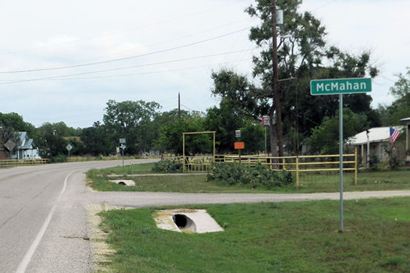
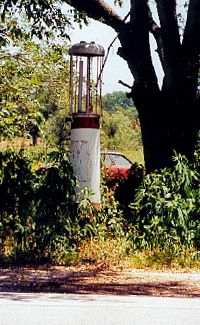
Old gas pump in McMahan
TE photo, 2000
Texas Escapes, in its purpose to preserve historic, endangered and vanishing Texas, asks that anyone wishing to share their local history, stories, landmarks and recent or vintage photos, please contact us.